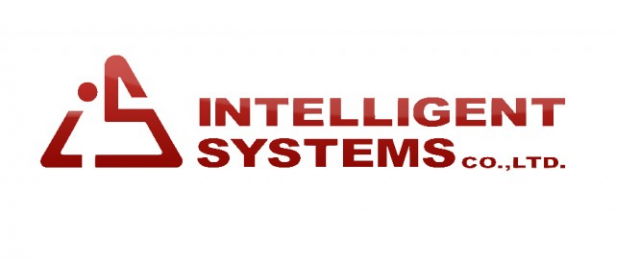
Nintendo is synonymous with quality video games, but for fans who peek behind the curtain a little bit, they come to see that the company is truly the sum of its respective parts. Rare, Retro, Next Level Games, these are the names of developers that have worked under the umbrella of Nintendo to make installments in everything from Donkey Kong Country to Luigi’s Mansion. Part of the fun in learning about what makes Nintendo tick is which studios made which games outside of the company’s own “R&D” departments, and one of the very best to study is Intelligent Systems.
That name will be familiar to players who have made their way through any of the Fire Emblem games, but Intelligent Systems is responsible for a whole lot more than that. Let’s go through some of the best games that the developer has brought to the table over the years– many of which might be quite surprising!
NES
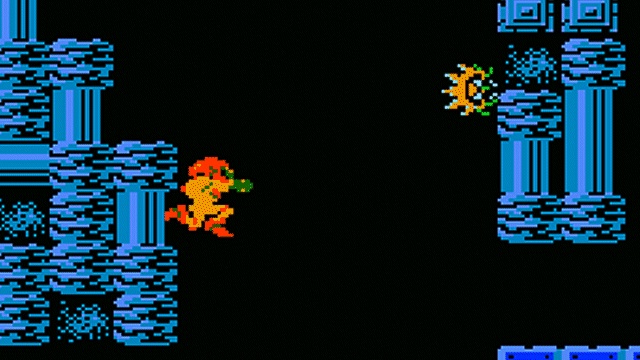
Metroid is not the earliest game that Intelligent Systems worked on, but it is one of the most influential. At this point in time, Intelligent Systems was contributing to the efforts of other teams within Nintendo, but their efforts were invaluable and helped pave the way for future projects that the company would handle entirely on its own. Regarding Metroid, though, the oft-mimicked platformer set a new precedent for exploration when it debuted, and shocked the world with the reveal at the end that the protagonist was actually a woman. Samus Aran was one of the earliest strong female leads in the modern era of video games, and along with the gameplay elements championed by her debut outing, certainly cemented herself quickly onto the gaming landscape.
Other NES titles crafted with the help of Intelligent Systems include Duck Hunt, Hogan’s Alley, Donkey Kong, and Mario Bros. Though Donkey Kong and Mario Bros. were ported over from the arcade, that’s an impressive list based purely on how iconic those games are in Nintendo’s history. An entire generation of gamers grew up playing these games, and the distinctive visuals contained within them play a huge role in defining 8-bit and retro aesthetics to this day.
Sadly, though Fire Emblem and Famicom Wars (the precursor to Advance Wars) did debut on NES towards the end of its time on store shelves, Western gamers never got to play them. The titles were deemed unsuitable for our tastes, and it wouldn’t be until years later that the two series would cross the ocean.
SNES
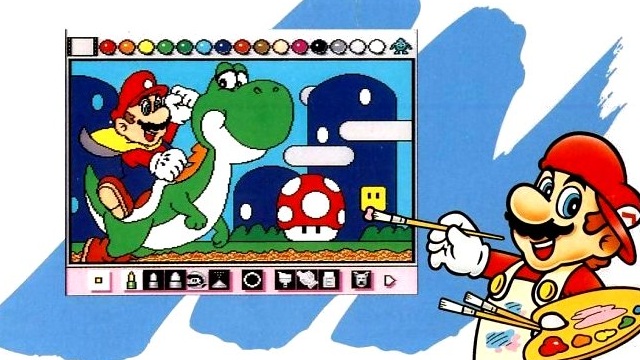
Super Metroid is arguably one of the greatest video games ever made, and with good reason, as it took everything from the first and second games and ratcheted it all up to eleven. From its ingenious world exploration to its exceptional graphics (that Mode-7 Ridley, though!), Super Metroid was the mic drop statement of 2D platformers for years to follow.
Intelligent Systems, which had become much more autonomous during the SNES era, was behind a couple of other highly significant Nintendo titles on SNES, too: Sim City and Mario Paint. The two titles are examples of the few games that made substantial use of the SNES Mouse, one of the many peripherals that Nintendo has toyed with over the years. In fact, Nintendo peripherals were a fairly important part of Intelligent Systems’ role within the company as a game maker at that point. As seen on NES with games like Duck Hunt and its use of the NES Zapper, the developer also had a knack with light gun technology. That carried over onto SNES, when Intelligent System worked to produce the Super Scope shooting titles Battle Clash and Metal Combat: Falcon’s Revenge. Not the most memorable games, but still fun bits of spectacle and solid uses of the Super Scope.
Tetris Attack, which capitalized on the success of Super Mario World 2: Yoshi’s Island (and the name Tetris!) by sticking a veneer of that titles assets onto the gameplay of Panel de Pon, was a very fun and memorable puzzle game. Though Panel de Pon‘s (its Japanese name, which would become Puzzle League here in the West) original looks were sacrificed for marketability, the end result was arguably more charming and welcoming to new players. Frankly, it’s questionable whether players would have seen any more of the series beyond Tetris Attack if not for the tweaks made in this initial installment.
Nintendo 64

Intelligent Systems’ biggest contribution during this era of Nintendo’s home consoles (which was unusually quiet for the company) was Paper Mario. The game had quite the act to follow, as Super Mario RPG was one of the most beloved titles on SNES, and fan expectations for a sequel were incredibly high. Though originally titled Super Mario RPG 2, Intelligent Systems decided that it would retain the accessibility of Square’s Mario role-playing game, but completely overhaul the visual style.
Made to look like a pop-up book, Paper Mario was a technological spectacle on Nintendo 64. Paper Mario‘s bold art direction, witty writing, and addictive battle system truly established Mario RPGs as a permanent part of Nintendo’s publishing plans, and even lead to the establishment of the Mario & Luigi series on handhelds. Along with Super Mario RPG, the Paper Mario titles have also played a huge factor in defining the personalities of Mario and his cadre of friends (and enemies), while also expanding it with memorable new characters, too. Sometimes quality trumps quantity, and this title alone proved to be a huge boon to Nintendo and its fans.
Game Boy Advance
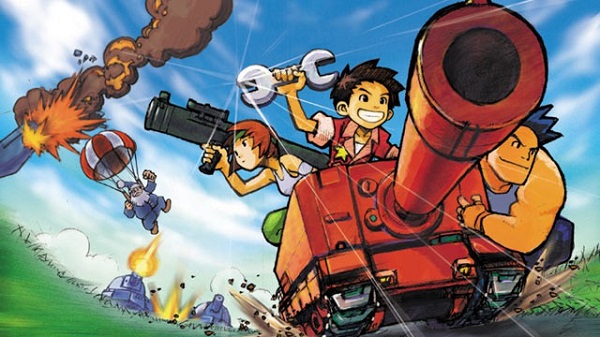
While there’s no denying the importance of Intelligent Systems as a developer prior to Game Boy Advance (and GameCube, which I’ll get to in a moment), it’s with this handheld that things started to really explode. Fire Emblem and Advance Wars, two longtime strategy RPG series that Japanese gamers had been enjoying for years, finally made their way West, and delighted fans. The games were notable for being deep but accessible, something that similar strategy games to this day struggle with. Fire Emblem was especially notable for its sweeping narrative, permadeath of party members, and a beautiful visual style.
Another marquee release came in the form of WarioWare. The irreverent game presented players with what the developer dubbed “microgames,” small bites of gameplay that took seconds to complete. Though Wario was the headliner, a multitude of new characters were introduced, with zany personalities and back stories that have made them as much a part of Nintendo’s pantheon as anyone else. Seriously, who doesn’t love the retro-obsessed 9-Volt?!
Interestingly, Intelligent System also acted as developer for Mario Kart: Super Circuit, the only other game in the series to play in the style of the original SNES installment. Between it, Fire Emblem, Paper Mario, WarioWare, and all the other different titles I’ve listed so far, well… talk about a developer with a diverse skill set!
GameCube
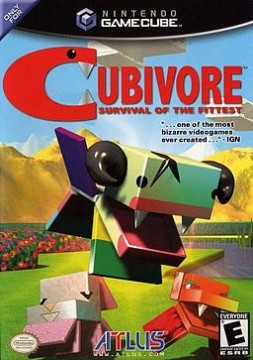
Intelligent Systems started getting into a groove with GameCube. More Fire Emblem, Paper Mario, and WarioWare appeared (and were all great), but the developer did sneak something new into the mix: Cubivore! Easily one of the strangest games released by Nintendo on any of its systems, the game revolves around evolving the main character using a number of different interactions and food items to shape it and take on bosses. Oh, and the player also has the ability to make it defecate. Yes, you read that correctly. The game itself is definitely rough around the edges, but it has a lot of interesting concepts that were introduced, both good and bad.
What’s most curious here is how much involvement Intelligent Systems had in the creation of the game. Saru Brunei and Intelligent Systems seem to share the developer nod for the game, but Cubivore is so unpolished compared to the company’s usual efforts, it’s hard to say who shares the bulk of the blame/credit. The title had a bit of development drama besides, shifting from Nintendo 64 to GameCube, with the game getting mixed reviews in Japan upon its release. Atlus ultimately handled publishing duties in the West, with Nintendo choosing not to localize the game itself. Love it or hate it, Cubivore was nothing if not unique.
Nintendo DS
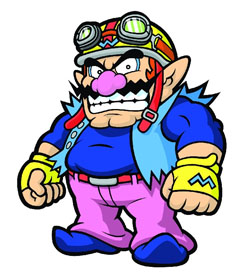
With DS, Intelligent Systems started spreading its wings some more. Two excellent Advance Wars titles in Dual Strike and Days of Ruin graced the portable, and Fire Emblem: Shadow Dragon finally allowed Western players to enjoy an adventure with Marth. A couple of solid WarioWare games also surfaced. Where things really started to get interesting was over on DSiWare. There, Intelligent Systems threw players for a loop with all sorts of quirky games.
DSi Metronome and Instrument Tuner were more apps than games. Link ‘n’ Launch and Spotto! clearly had some roots in WarioWare, but were fun diversions nonetheless. Dragon Quest Wars was a strategy RPG crossed with chess, mixed with Dragon Quest. Something about Nintendo’s digital marketplace got Intelligent Systems raring to create, and though some titles were better than others, it was a fruitful period from a creative standpoint.
Wii
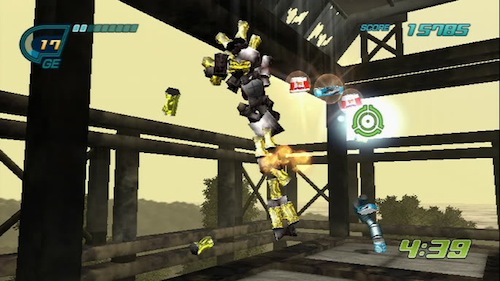
Aside from more Paper Mario, WarioWare, and Fire Emblem, Intelligent Systems also found the time to develop Eco Shooter: Plant 530. Talk about a throwback; it had been years since Intelligent Systems tackled a lightgun game, but that’s exactly what Eco Shooter was. It was also slightly strange. Aliens, possessed cans, and recycling are all part of the action, but it’s actually quite a bit of fun to play.
Now
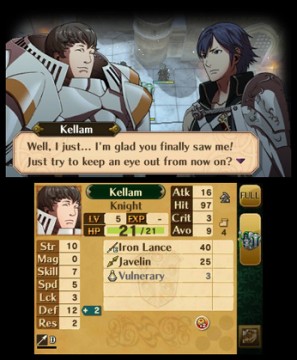
As has become apparent with this list, Intelligent Systems is equal parts experimentation and comfort food. However, 3DS has proven an important console for the developer thus far. Fire Emblem Awakening skyrocketed the franchise into new realms of popularity. For many, it’s one of, if not the, best games in the entire series. Paper Mario: Sticker Star took some real risks with the battle system and leveling; it was shocking how much leeway Nintendo gave the company with one of its staple spinoff series.
Best of all, though, has been the promising new IPs introduced. Pushmo and Crashmo are wonderful puzzle games that have thrilled 3DS and Wii U owners. It’s no stretch to say that Intelligent Systems knows how to create new franchises for Nintendo, and the developer doesn’t seem to have run out of gas in its tank just yet. New release Code Name: S.T.E.A.M. is further proof– we had a lot of fun with the demo, and the final game has shaped up to be something quite special.
As we move further into the life cycles of 3DS and Wii U, Intelligent Systems is showing no signs of slowing down. Shin Megami x Fire Emblem is still in the works, along with the next installment of Fire Emblem on 3DS. Those titles, along with whatever other games the prolific developer has in the pipeline that are unknown, will surely keep players coming back for more. So hats off to Intelligent Systems, one of the superstars on Nintendo’s sideline.




 ShareThis
ShareThis







Ah, Intelligent Systems. What a great developer. You know what would make IS even better? A remake of the Fire Emblem Jugdral saga, that’s what!
…
(In English this time, please *hint *hint.)